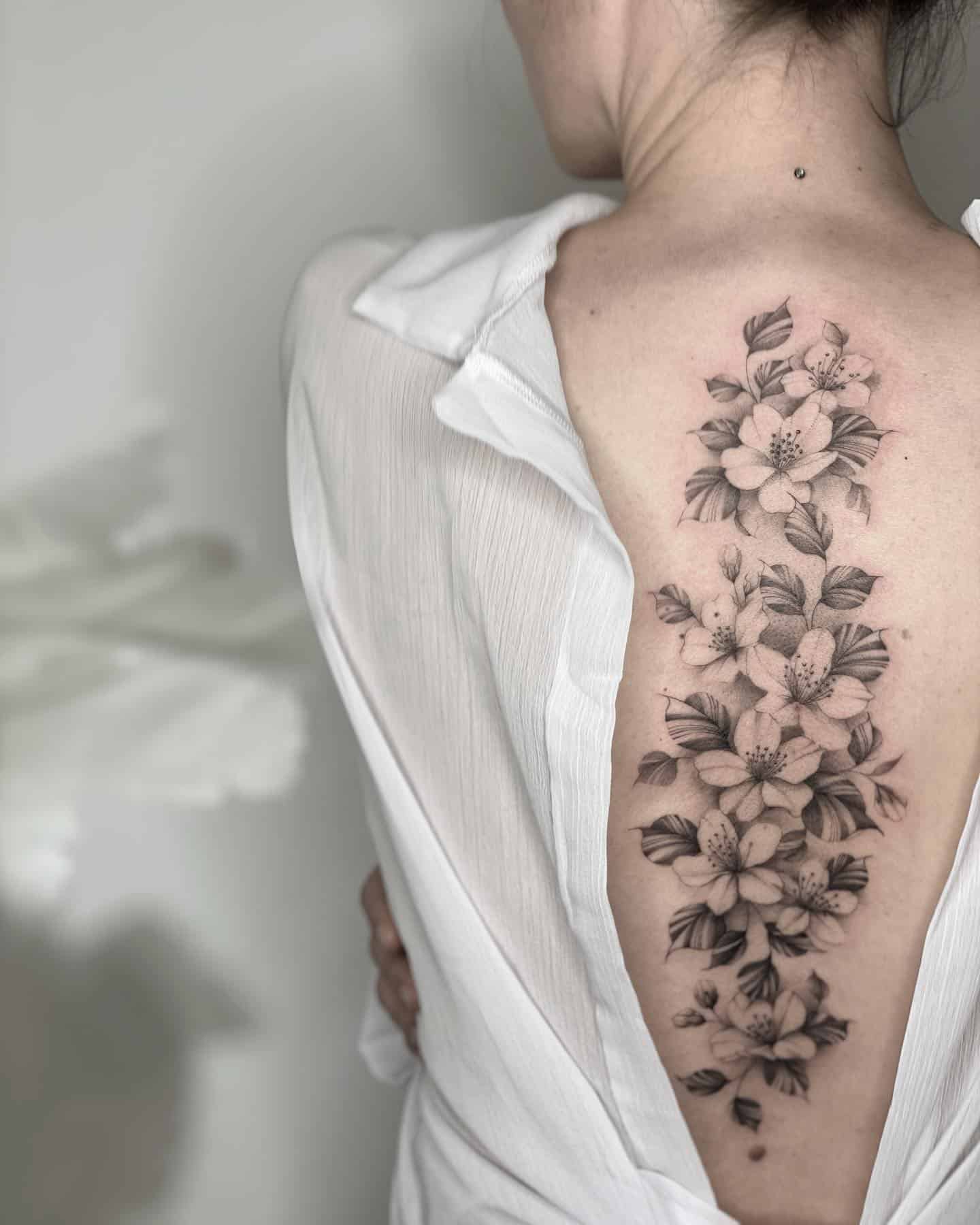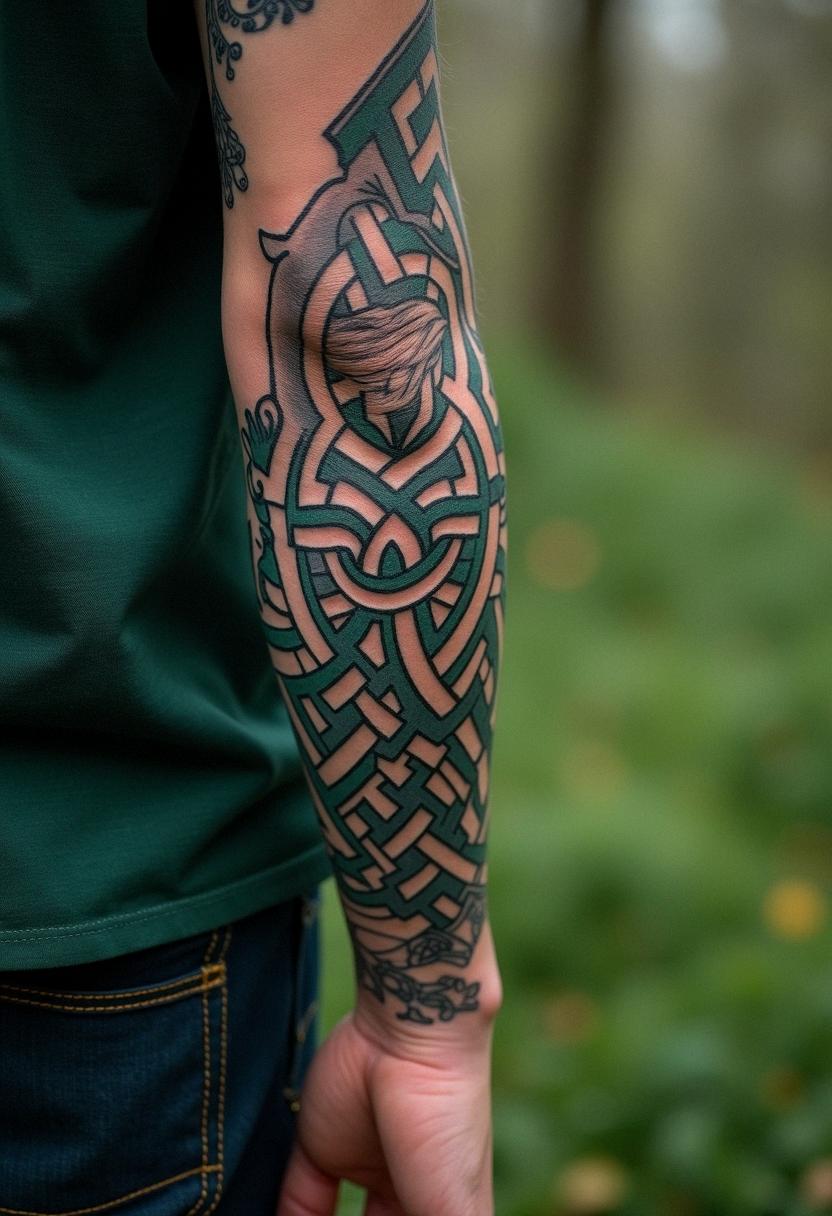Getting Inked on Your Crown: All About Head Tattoos

Understanding Head Tattoos: A Comprehensive Guide

Getting a tattoo on your head can be a thrilling experience, but it’s essential to understand the process, potential risks, and aftercare requirements. Head tattoos, also known as scalp tattoos or cranial tattoos, are a unique form of body art that requires careful consideration. In this article, we’ll delve into the world of head tattoos, covering everything from the history of head tattoos to the aftercare process.
A Brief History of Head Tattoos

Head tattoos have been around for centuries, with various cultures practicing the art form for spiritual, ceremonial, or aesthetic purposes. In ancient civilizations, such as Egypt, Greece, and China, head tattoos were used to signify social status, spiritual beliefs, or to commemorate important life events. The art of head tattooing was also prevalent among indigenous cultures, including Native American tribes and Polynesian islanders.
Types of Head Tattoos

There are several types of head tattoos, each with its unique characteristics and requirements:
- Scalp tattoos: These tattoos are applied directly to the scalp, often requiring the removal of hair or shaving the area.
- Behind-the-ear tattoos: These tattoos are placed behind the ear, often extending onto the scalp or neck.
- Side-of-the-head tattoos: These tattoos are placed on the sides of the head, often blending into the hairline.
Design Considerations

When it comes to designing a head tattoo, it’s essential to consider the shape and size of your head, as well as the desired placement of the tattoo. Here are some key design considerations:
- Symmetry: Ensure that the design is symmetrical, taking into account the shape of your head and the placement of the tattoo.
- Scalp anatomy: Understand the anatomy of your scalp, including the location of blood vessels and nerve endings.
- Hairline: Consider the natural hairline and how the tattoo will interact with your hair.
The Tattooing Process

Getting a head tattoo requires careful preparation and a skilled tattoo artist. Here’s what you can expect during the tattooing process:
- Preparation: Your tattoo artist will clean and prepare the area, removing any hair or shaving the scalp as needed.
- Outlining: The tattoo artist will create an outline of the design using a tattoo machine.
- Shading and coloring: The tattoo artist will add shading and color to the design, using a combination of tattoo machines and techniques.
- Touch-ups: The tattoo artist may perform touch-ups to ensure the design is even and symmetrical.
💡 Note: Head tattoos can be more painful than other types of tattoos, due to the sensitive nature of the scalp. Be prepared for a potentially uncomfortable experience.
Aftercare and Healing

Proper aftercare and healing are crucial for head tattoos. Here are some essential tips to ensure a smooth recovery:
- Keep it clean: Wash the tattoo with soap and water, gently patting it dry with a clean towel.
- Apply ointment: Apply a fragrance-free ointment to keep the tattoo moisturized and promote healing.
- Avoid direct sunlight: Direct sunlight can cause the tattoo to fade or become discolored.
- Avoid scratching: Scratching the tattoo can cause irritation and potentially lead to infection.
Risks and Complications

As with any tattoo, there are potential risks and complications associated with head tattoos. These include:
- Infection: Bacterial or fungal infections can occur if the tattoo is not properly cared for.
- Scarring: Scarring can occur if the tattoo is not properly healed or if the artist uses improper techniques.
- Allergic reactions: Some individuals may experience allergic reactions to tattoo ink or other materials used during the tattooing process.
Conclusion

Getting a head tattoo can be a unique and exciting experience, but it’s essential to approach the process with caution and careful consideration. By understanding the history, design considerations, and aftercare requirements, you can ensure a safe and successful tattooing experience.
How painful are head tattoos?

+
Head tattoos can be more painful than other types of tattoos, due to the sensitive nature of the scalp. However, pain is subjective, and some individuals may find the experience more comfortable than others.
Can I get a head tattoo if I have a shaved head?

+
Yes, you can get a head tattoo even if you have a shaved head. However, it’s essential to consider the design and placement of the tattoo, as well as the potential for hair regrowth.
How long does it take for a head tattoo to heal?

+
The healing process for a head tattoo can take anywhere from 2-6 weeks, depending on the size and complexity of the design. Proper aftercare and follow-up appointments with your tattoo artist can help ensure a smooth recovery.



